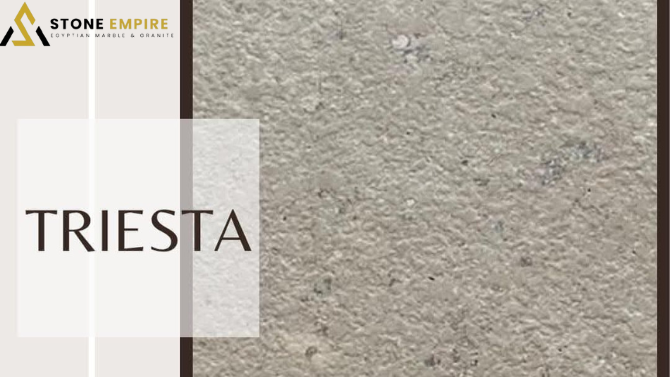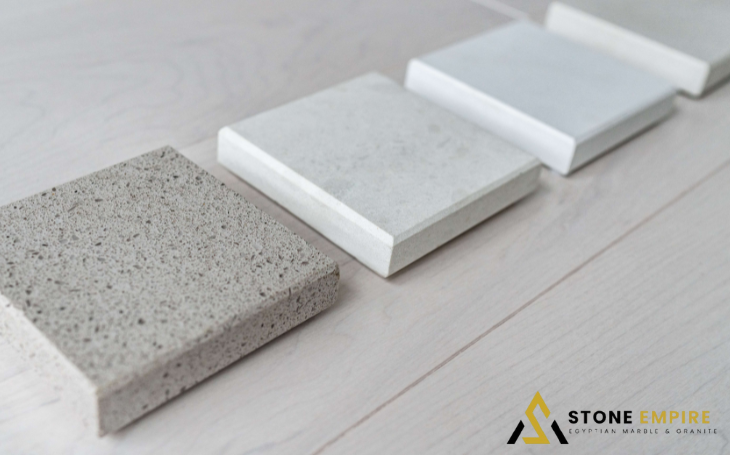Advantages and Disadvantages of Marble Tiles
Choosing the right flooring material can transform your home’s appearance and value. Among the most elegant options available, marble tiles stand out for their timeless beauty and durability. Understanding the advantages and disadvantages of marble tiles helps homeowners make an informed decision based on both aesthetic and practical considerations. Moreover, learning about the benefits of marble flooring allows you to appreciate why it continues to be a top choice for modern and traditional interiors alike.
Advantages of Using Marble Tiles
The advantages and disadvantages of marble tiles highlight why many homeowners prefer this luxurious material for their interiors. Marble tiles are known for their unique veining and natural shine that instantly elevate any room’s aesthetic appeal. In addition to the benefits of marble flooring, they are highly durable and can last for decades with proper care.Popular varieties such as Teriesta Marble and Sinai Pearl Marble are especially admired for their subtle color tones and smooth finishes, making them ideal for creating sophisticated interiors that reflect natural luxury.
1.Each tile has a distinct pattern, making your floor one of a kind.
2.They stay cool in hot climates, ideal for warm regions.
3.Easy to polish, restoring their original glow.
4.Boost home value due to their premium appearance.
Explore our full range of marble tiles and slabs to find designs that match your interior style.
Disadvantages of Marble Tiles
While exploring the advantages and disadvantages of marble tiles, it’s important to understand that marble also comes with certain drawbacks. Despite the benefits of marble flooring, it requires careful maintenance and can be costly to install and preserve over time.
- Marble is porous, so it can absorb stains from spills easily.
- It scratches faster than ceramic or porcelain tiles.
- Regular sealing is needed to maintain its surface shine.
- Installation and repair costs are usually higher than other flooring options.

Maintenance Tips for Marble Flooring
When discussing the advantages and disadvantages of marble tiles, maintenance plays a key role in preserving their timeless beauty. Although the benefits of marble flooring include elegance and durability, proper care is essential to maintain their luxurious look.
- Clean spills immediately to prevent stains and etching.
- Use pH-neutral cleaners instead of acidic or abrasive products.
- Reseal the surface every 6–12 months for protection.
- Place mats or rugs in high-traffic areas to reduce wear.
- Avoid dragging heavy furniture across marble floors.
Comparison with Other Tile Materials
When considering the advantages and disadvantages of marble tiles, it’s essential to weigh them against alternatives such as ceramic, porcelain, granite, and vinyl. The benefits of marble flooring include a distinctive elegance, natural cooling properties, and timeless appeal that few other materials can match. However, each alternative offers practical advantages depending on budget, usage, and maintenance needs.
- Ceramic tiles are more affordable, easy to install, and resistant to everyday wear, but they lack the luxurious, natural beauty of marble.
- Porcelain tiles provide higher stain and scratch resistance and are suitable for high-traffic areas, though they don’t have the same unique veining patterns.
- Granite tiles are extremely durable and resistant to heat, but they are heavier, harder to cut, and more expensive to install compared to marble.
- Vinyl tiles are lightweight, easy to clean, and ideal for temporary solutions, but they cannot replicate marble’s prestigious appearance and luxurious feel.
This comparison helps homeowners choose the right material based on style, durability, and long-term satisfaction.
Browse our marble collection for more durable and low-maintenance alternatives.
Best Places to Use Marble Tiles in Your Home
Marble tiles truly shine when placed in areas that both highlight their natural elegance and take advantage of their durability. Understanding the advantages and disadvantages of marble tiles ensures you select the right spots for both aesthetics and functionality.Among the many elegant options, Galala Extra Marble , and Samaha Marble are often preferred for living areas, bathrooms, and entryways thanks to their rich veining, durability, and refined textures that complement both modern and classic interiors.
• Bathrooms: The benefits of marble flooring include natural cooling, moisture resistance when sealed properly, and a spa-like luxurious feel.
• Kitchens: Marble provides a sophisticated, high-end look, perfect for countertops and backsplashes, but care is needed to prevent staining from spills and heavy traffic.
• Entryways and foyers: Installing marble here creates a grand first impression, showcasing its unique veining and natural beauty.
• Living rooms and dining areas: Open spaces benefit from marble’s luxurious finish, complementing modern and classic décor alike.
• Accent walls or fireplace surrounds: Perfect for highlighting marble’s aesthetic appeal without subjecting it to heavy wear, adding a touch of elegance to any room.
This layout maximizes both beauty and practicality throughout the home.
Contact us today for exclusive offers!
Conclusion
Understanding the advantages and disadvantages of marble tiles allows homeowners to make informed choices when selecting flooring for their spaces. Marble offers unmatched elegance, timeless beauty, and the benefits of marble flooring such as natural cooling, durability, and a sophisticated aesthetic that complements various interior designs. Its unique veining and color variations make each installation distinctive, adding a luxurious touch to bathrooms, kitchens, living areas, and entryways. However, marble also requires careful consideration due to its susceptibility to scratches, stains, and the need for regular maintenance. Proper sealing, gentle cleaning, and thoughtful placement can mitigate most disadvantages, ensuring longevity and maintaining its pristine appearance.




